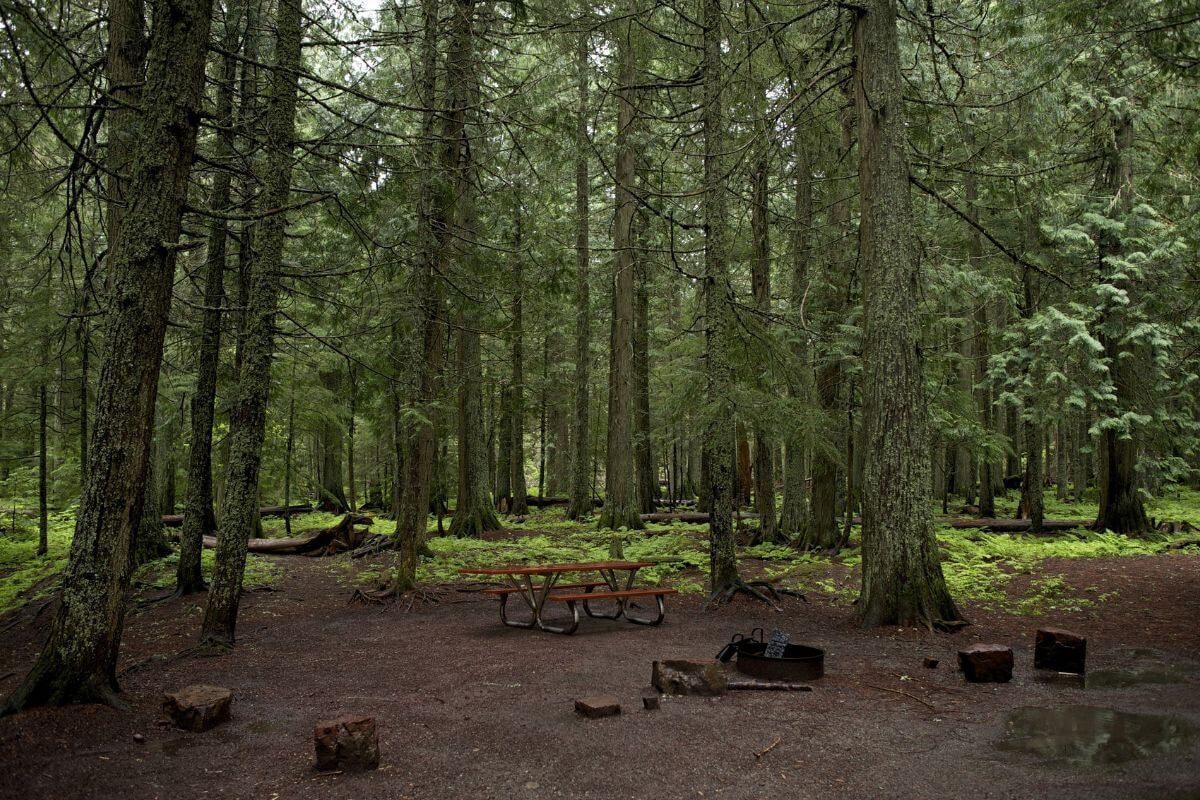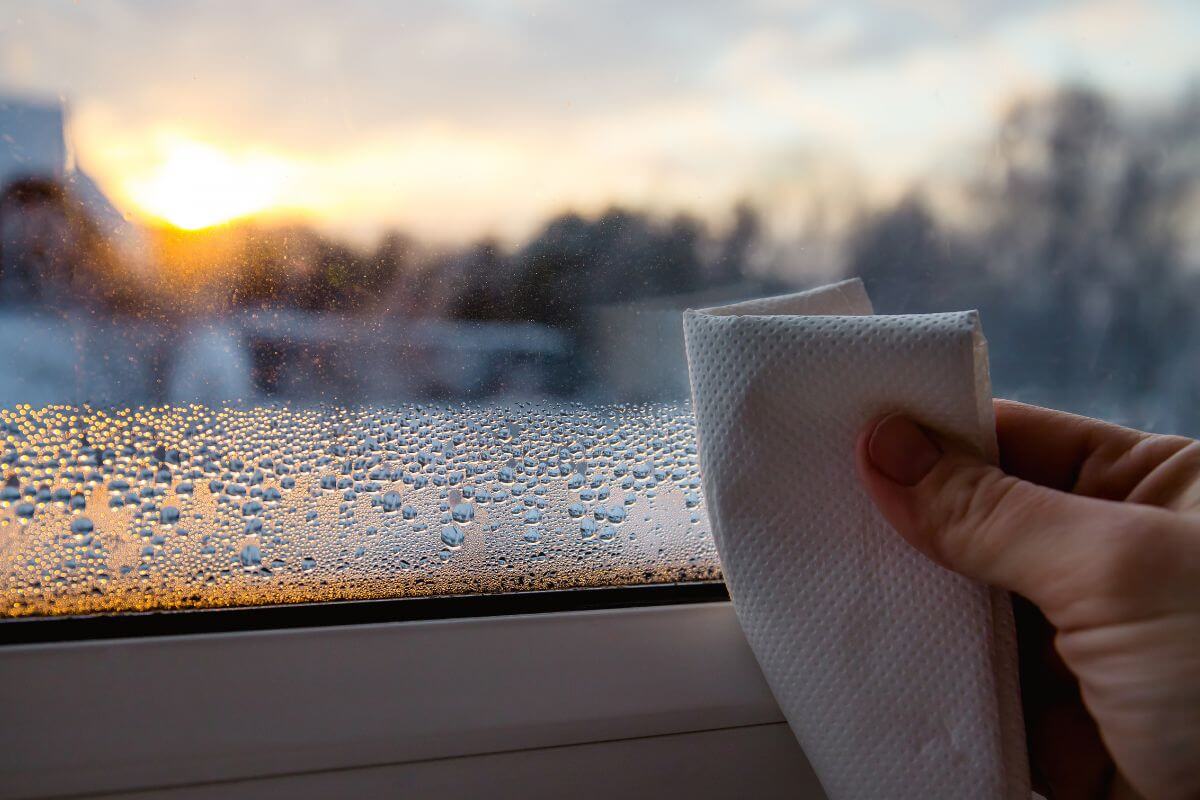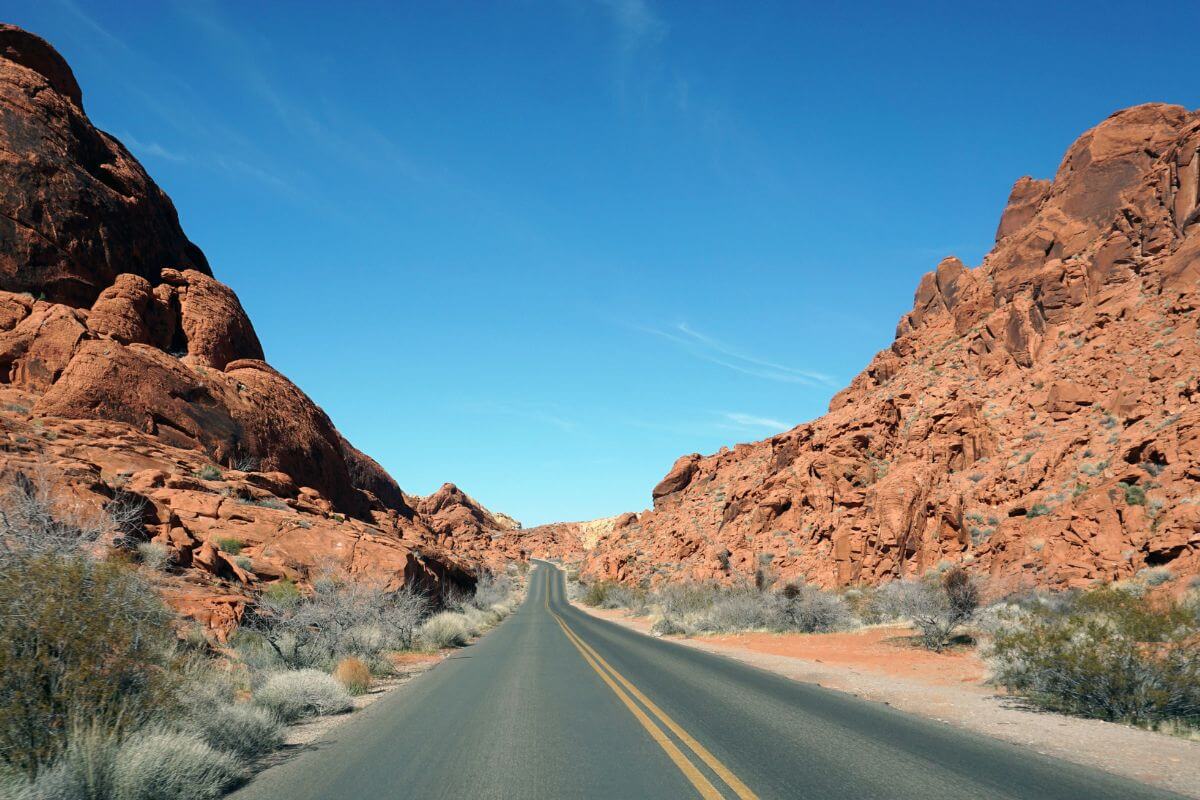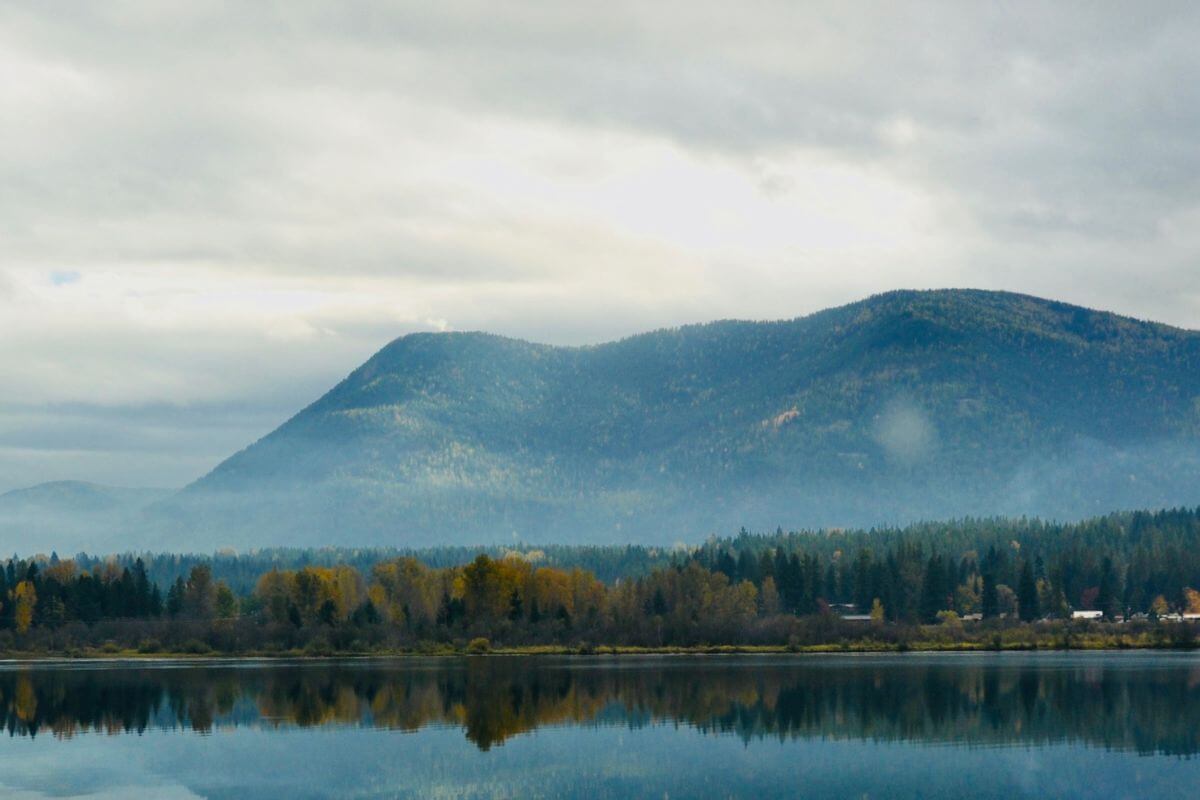If you’ve ever been in awe at Montana’s natural beauty — its sweeping plains, majestic mountain ranges, and scenic National Parks — you might have wondered, “Is it as dry as it seems, or is Montana humid?”
This article will delve into Montana’s average humidity levels and uncover whether the Treasure State truly lives up to its reputation as one of America’s least humid regions. We’ll explore how the state’s inland location, continental climate, and lower moisture content contribute to its arid environment.
You will also learn what to expect regarding humidity during Montana’s varying seasons, from the dry summers to the more humid winters.
- Related article: Conditions in Montana
Understanding Montana’s humidity can enhance your experience of this stunning state, whether you’re a resident, a prospective traveler, or a weather enthusiast. So, let’s unlock the secrets of Montana’s humidity together and see if it truly stands out as one of the least humid states in the nation.
7 Key Takeaways on Montana’s Humidity Levels
- Montana ranks among the top 10 least humid states in the U.S., offering a drier, more arid environment than coastal regions.
- The state’s humidity levels vary across regions, with eastern Montana drier and western Montana slightly more humid.
- Montana’s inland location and continental climate contribute to its lower humidity levels, as it lacks the moisture source of nearby oceans.
- Montana tends to have drier summers, with July being the driest month, while winters are more humid due to colder air having a lower moisture capacity.
- If you prefer low humidity, Nevada takes the crown as the least humid state, followed by Arizona, New Mexico, Utah, and Colorado.
- These states’ arid climates and desert landscapes offer reduced frizz, less stickiness, and a more comfortable atmosphere.
- While Montana is not the absolute driest state, its vast landscapes, big skies, and lower humidity make it an appealing destination for those who prefer drier air.
Is Montana the Least Humid State?

One might assume that Montana, with its expansive vistas and wide-open skies, is among the driest states in the U.S. However, is this actually true? Let’s examine the numbers and how they play out in Montana’s diverse regions.
Montana Average Humidity Level

According to the chart below, Montana’s statewide averages for relative humidity (RH) and dew point put it in the top 10 least humid states.
| State | Average RH | RH Rank | Average Dew Point | Dew Point Rank |
| Montana | 60.4% | 44 | 29.7°F (-1.28°C) | 45 |
RH measures the water vapor in the air compared to its maximum capacity. Think of it as the air’s moisture content.
Montana’s continental climate and inland location contribute to lower humidity levels than coastal states. In other words, the Treasure State offers a drier, more arid environment.
Why the disparity? Coastal regions benefit from the ocean’s proximity, which adds more moisture to the air. Montana, on the other hand, with its inland location, doesn’t have that same moisture source.
Here’s a quick breakdown of how humidity levels can vary across Montana:
- Eastern Montana – This part of the state is drier and less humid due to its proximity to the Great Plains.
- Western Montana – The region has a slightly higher humidity level due to its proximity to the Pacific Northwest.
So, Montana’s your place if you prefer lower humidity and drier air. Just don’t forget to pack some extra moisturizer and stay hydrated, as lower humidity can also mean faster moisture evaporation from your skin.
Montana Humidity: What to Expect

Montana, with its stunning landscapes and majestic mountain ranges like the Rocky Mountains, offers more than just postcard-perfect views. It also boasts a climate often drier than the average U.S. state.
During the summer, the Big Sky Country can get hot and dry, creating conditions that contribute to forest fires. Winters, on the other hand, tend to be more humid, with the bonus of frigid temperatures and ample snowfall.
Here’s a breakdown of what you can expect throughout the year in Montana in terms of humidity:
- July – July is the driest month of Montana’s summer season with an average humidity of just 46%.
- December – December is the most humid month with an average humidity of 68%.
Why the fluctuation? It all comes down to temperature, which determines the humidity capacity of air.
Warmer air can hold more moisture, resulting in lower relative humidity. Conversely, colder air has a lower capacity for moisture, leading to higher relative humidity.
So, if you’re planning a summer adventure, expect a pleasant and dry atmosphere. But if winter sports are more your thing, be prepared for a bit more moisture in the air, accompanied by snowy landscapes that are nothing short of magical.
Top 5 Least Humid States

States with vast deserts and fewer bodies of water tend to have lower humidity levels. As water evaporates, humidity levels rise.
If you’re seeking a place with levels of humidity as low as your stress levels on vacation, these states are your best bet:
| Rank | State | Average Humidity Level |
|---|---|---|
| 1 | Nevada | 38.3% |
| 2 | Arizona | 38.5% |
| 3 | New Mexico | 45.9% |
| 4 | Utah | 51.7% |
| 5 | Colorado | 54.1% |
These regions offer a less humid climate that’s not just dry but also offers ideal climate conditions for those who prefer lower humidity and its associated benefits, such as reduced frizz and less stickiness on hot summer days.
So, if you prefer a more arid and desert-like atmosphere, these states offer some of the most pleasant humidity levels in the United States.
Montana Humidity Final Thoughts

Montana’s vast landscapes and big skies not only make for stunning views but also contribute to its reputation as one of the least humid states in the U.S. While it may not claim the title of the absolute driest state, Montana’s lower humidity levels, particularly in its eastern regions, offer a drier environment than coastal counterparts.
Whether you’re exploring the Treasure State’s continental climate or majestic mountain ranges, the lower humidity can be a welcome respite for those who prefer reduced frizz and a more comfortable atmosphere. Stay hydrated and pack some extra moisturizer; the drier air can also mean faster moisture evaporation from your skin.
So, if you’re someone who revels in the beauty of big skies and the allure of drier air, Montana offers a compelling destination. The state’s varied humidity levels add another layer to its diverse appeal, from the driest summer months to the more humid winter landscapes.
Montana’s lower humidity can enhance your experience, making it a must-visit for those seeking a break from stickier climates.
Montana Humidity FAQs
1. Is Montana Humid or Dry?
Montana is generally dry, particularly in the eastern plains, with lower humidity levels than more humid regions. The state is not known for high humidity.
2. Is Montana a Very Dry State?
Montana ranks as the 6th driest state in the United States, receiving an annual precipitation of 15.2 inches.
3. What Is the Driest City in Montana?
The driest region in the state lies along the Clark Fork of the Yellowstone River in Carbon County.
4. Does It Ever Get Hot in Montana?
Montana is one of the cooler regions in the U.S., but it can get very hot, too, as the climate is varied. It offers seasons with strong winters and warm summers.
5. Is Montana Mostly Hot or Cold?
Montana experiences mild temperatures due to low humidity levels, neither excessively hot nor cold.
Explore additional information about Montana in the articles below:

